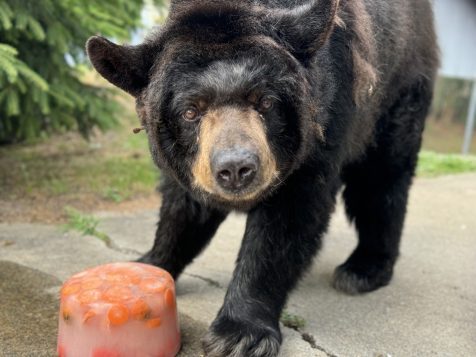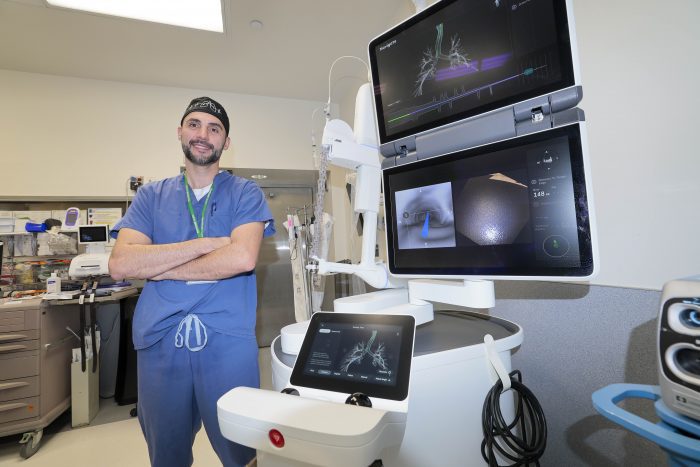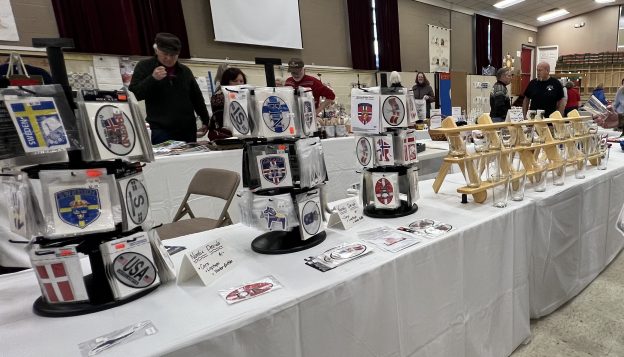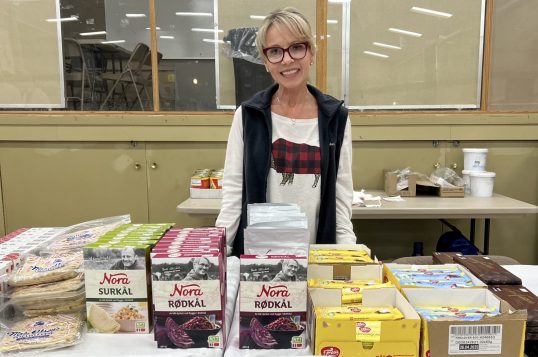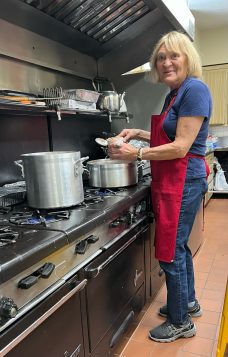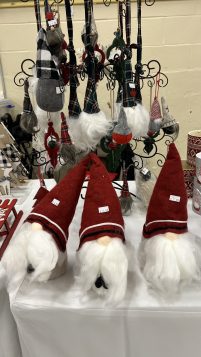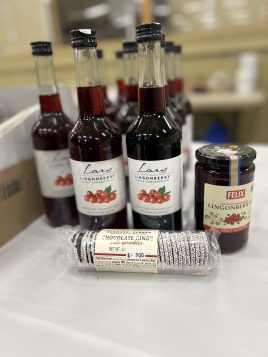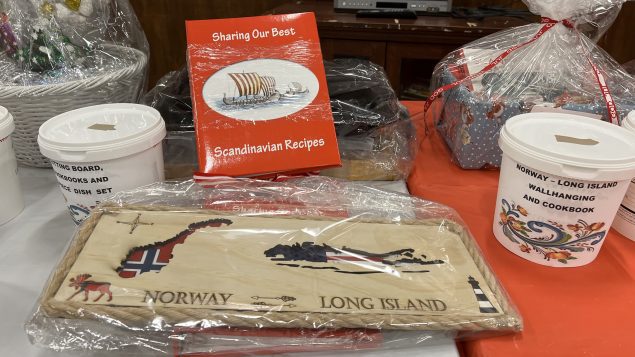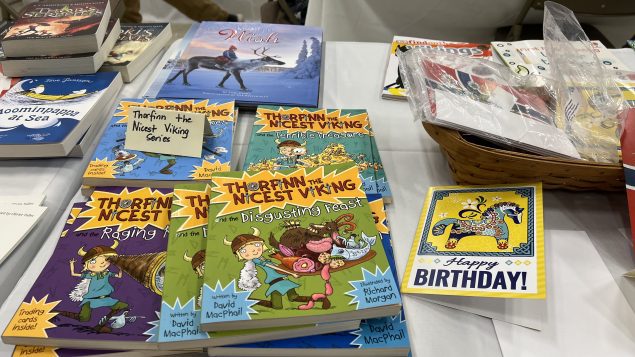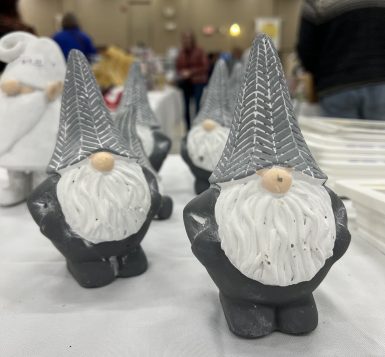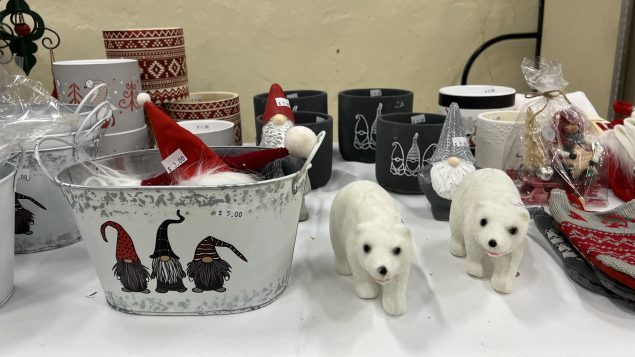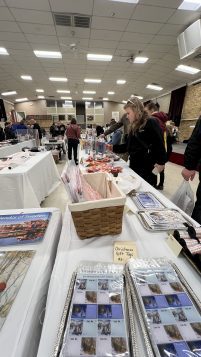By Daniel Dunaief
The wreck-and-check method sometimes works, providing the kind of clues that lead to cures.
In the case of cancer, however, taking out one gene or one protein may not be enough, particularly when a combination contributes to cancer growth or to inactivating the body’s defenses against the disease.

Over the course of seven years, first developing a technique, then searching for possible clues about what the work might reveal, Olaf Klingbeil, a postdoctoral researcher in the lab of Professor Chris Vakoc at Cold Spring Harbor Laboratory, discovered two proteins that work together to do cancer’s bidding.
Called Mark 1 and Mark 2, these two proteins in combination keep a tumor suppressor called Hippo from doing its job, enabling a wide range of cancers from continuing to grow.
The Hippo pathway is one of the most dysfunctional in all human cancer biology.
The journey to this discovery is as compelling as the finding itself.
Klingbeil honed a technique that took out a series of genes, hoping to find out how more than one protein might be involved in the kind of on-off switch geneticists are often seeking to slow or squelch cancer.
Indeed, disrupting either of the proteins on its own would not have been enough, as the disease would have progressed with a singular inhibitor.
“When you manipulate A or B individually” you don’t see much difference in the cancer cells, Vakoc said. “When you manipulate A plus B, you get a massive effect.”
Vakoc suggested that his lab developed a new technology to find cancer targets, enabling them to search for processes and contributors that were otherwise invisible. Klingbeil used lentiviruses to introduce CRISPR gene editing into cancer cells.
“What [Klingbeil] developed, a method where you can introduce two [changes] at the same time, can be engineered to target combinations of genes,” Vakoc said. “It took years to figure out how to do this.”
Klingbeil explored the effect of making these double knockouts through many perturbations.
“It was the largest project in my lab to this point,” said Vakoc.
A eureka moment
Klingbeil examined several potential leads that might provide clues about how to attack cancer cells. He published 1,719 single gene knockouts and 2,529 paralog double knockouts and expected to find a few jewels.

He likens the process to panning for gold at a creek, which involves getting rid of numerous stones before discovering that gold nugget, which, in this case came in the form of two kinases, which add phosphate labels to macromolecules.
When Klingbeil honed in on Mark 2 and Mark 3, he couldn’t immediately understand why inhibiting these enzymes affected some forms of cancer, but not all of them.
The postdoctoral researcher read a study in which the researchers looked at the tumor suppressive function of Yap/Taz in leukemia and neuroendocrine cancers and realized that these were the cancer types that didn’t show a reaction to inhibiting these kinases.
This was the first hint that Marks 2 and 3 and Yap/Taz might work together, Klingbeil explained.
The affected cancers include liver, lung, colorectal, ovarian, triple negative breast cancer, pancreatic cancer and prostate cancer. That list also includes rhabdomyosarcoma, a rare form of pediatric cancer for which Vakoc, in particular, is eager to develop new treatments.
While numerous scientists are seeking ways to block this pathway directly, the focus on Mark 2 and Mark 3 presents a new potential opportunity.
Marks are “totally overlooked in the community” and are “not a known target,” said Vakoc. “This is the first paper that announces these as cancer targets in a compelling way.”
An existing drug
Once he discovered this link, Klingbeil searched for existing drugs that might target Marks 2 and 3. Fortunately, he found one that Merck had tried to develop for Alzheimer’s disease.
While that didn’t work as well as the pharmaceutical company had hoped, the CSHL researchers are looking to use it as a starting point for a future therapy.
“We are excited that there’s a chemical matter” that might help treat cancer, Vakoc said, adding that such a treatment will likely require “a lot of love by chemists to give them the ideal attributes” for any therapeutic approach.
The drug Merck produced inhibited Marks 1 and 4 as well as 2 and 3, which provides opportunities to tailor it for the most relevant enzymes. By increasing the specificity of the drug for two of the four proteins, researchers and pharmaceutical companies could reduce the side effects of inhibition.
To be sure, Vakoc and Klingbeil cautioned that this discovery, while encouraging, wouldn’t likely provide a magic bullet for cancer, which has a way of becoming resistant to treatments and to tapping into other unknown or unseen pathways to continue to cause harm.
Effective future treatments that involve inhibiting Marks 2 and 3 could require the use of a combination of therapies, which might outmaneuver or slow the progression of cancer.
A personal message
Earlier this year, Klingbeil learned that the journal Cancer Discovery had accepted the paper for publication in an unusual way. He was attending a dinner one night at a conference in Italy when Elizabeth McKenna, the Executive Editor of the journal, approached him.
“She told me she was about to send an email” to Vakoc that the paper was accepted, Klingbeil said. “I was very excited. I’m happy to publish it and that I could convince the most critical reviewers about the value of the work.”
After a productive and rewarding collaboration with Vakoc, Klingbeil is preparing for the next steps in his career. He is speaking with various institutions, particularly in Europe, where he can be closer to his family and his native Berlin, Germany while continuing to advance his scientific career. He plans to continue to work with Vakoc after he leaves.
“The discovery was big enough to carve out a piece for him and me,” Klingbeil said and suggested he would study Mark function in pancreatic cancer in more detail.
On the personal front, fate lent a hand when Klingbeil first arrived on Long Island.
He started his life here in the middle of the winter, without a car or a driver’s license. The lab provided temporary housing on campus. He had a choice to share an apartment with either a French or an Italian postdoctoral researcher.
He chose to live with postdoctoral researcher Claudia Tonelli, who works in the lab of Cancer Center Director David Tuveson and is now his partner. The two researchers, who started dating a few months after living together, have a daughter Lily.
As for his work, he is cautiously optimistic that this discovery may one day help with new and effective therapies.






